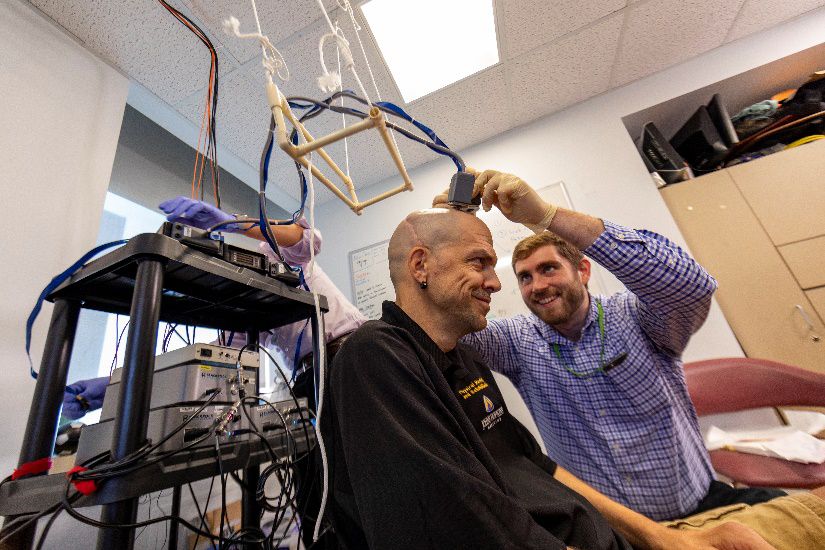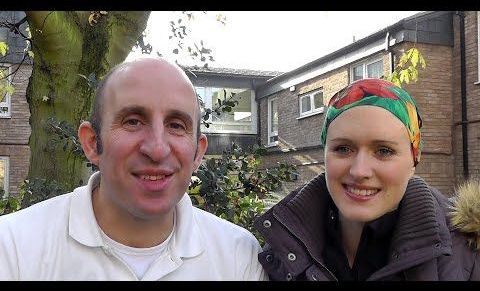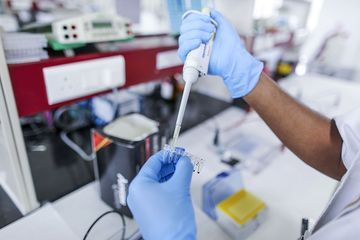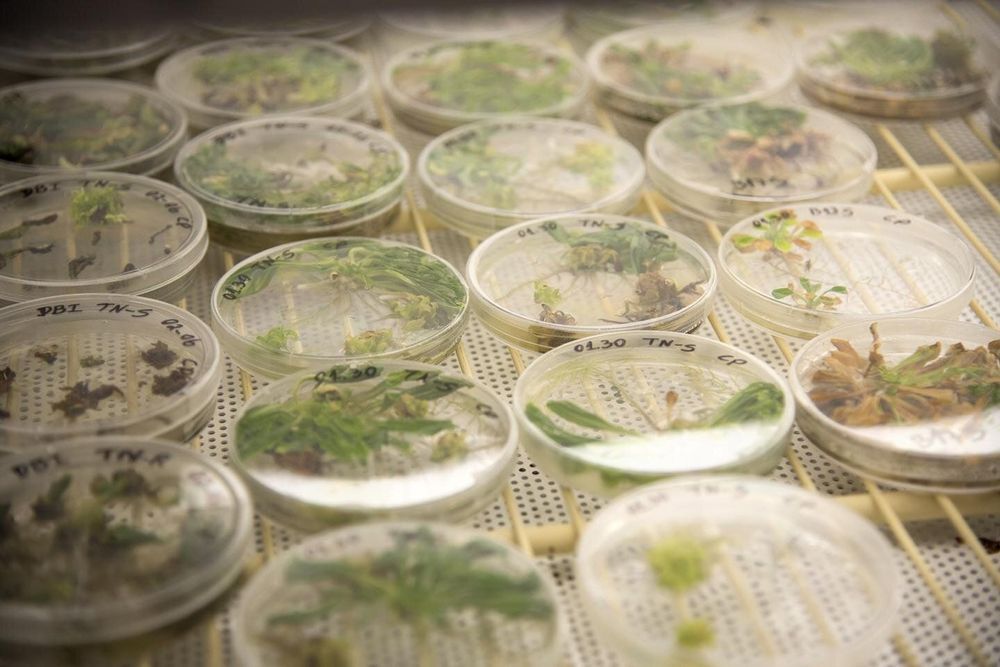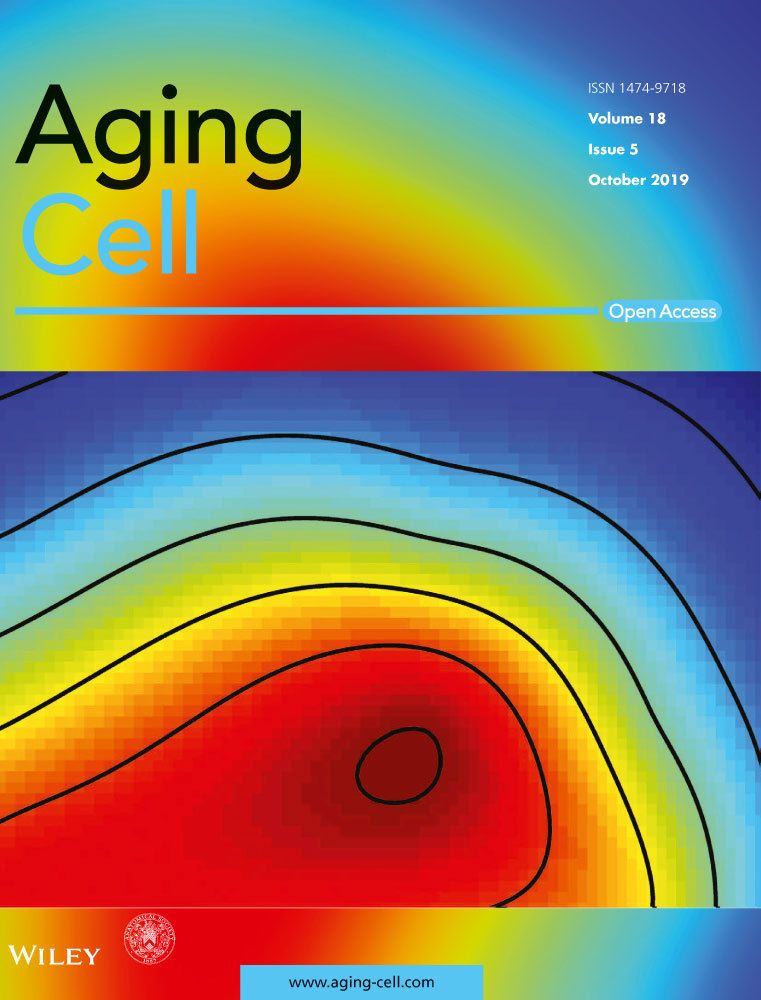Oct 20, 2019
Creatine powers T cells’ fight against cancer
Posted by Alexandria Black in categories: biotech/medical, life extension
H/T Dr. Jason Williams
Creatine, the organic acid that is popularly taken as a supplement by athletes and bodybuilders, serves as a molecular battery for immune cells by storing and distributing energy to power their fight against cancer, according to new UCLA research.
The study, conducted in mice and published in the Journal of Experimental Medicine, is the first to show that creatine uptake is critical to the anti-tumor activities of CD8 T cells, also known as killer T cells, the foot soldiers of the immune system. The researchers also found that creatine supplementation can improve the efficacy of existing immunotherapies.
“Because oral creatine supplements have been broadly utilized by bodybuilders and athletes for the past three decades, existing data suggest they are likely safe when taken at appropriate doses,” said Lili Yang, a member of the Eli and Edythe Broad Center of Regenerative Medicine and Stem Cell Research at UCLA and the study’s senior author. “This could provide a clear and expedient path forward for the use of creatine supplementation to enhance existing cancer immunotherapies.”
